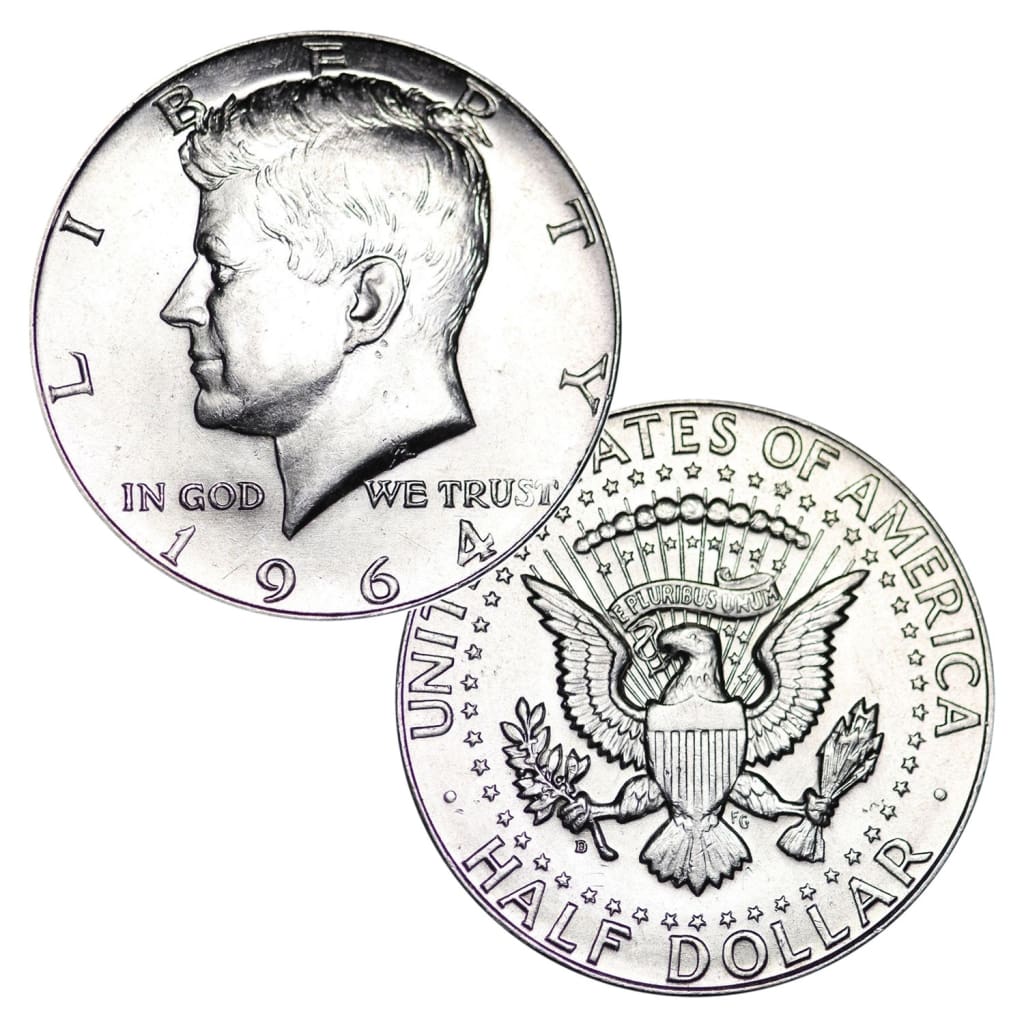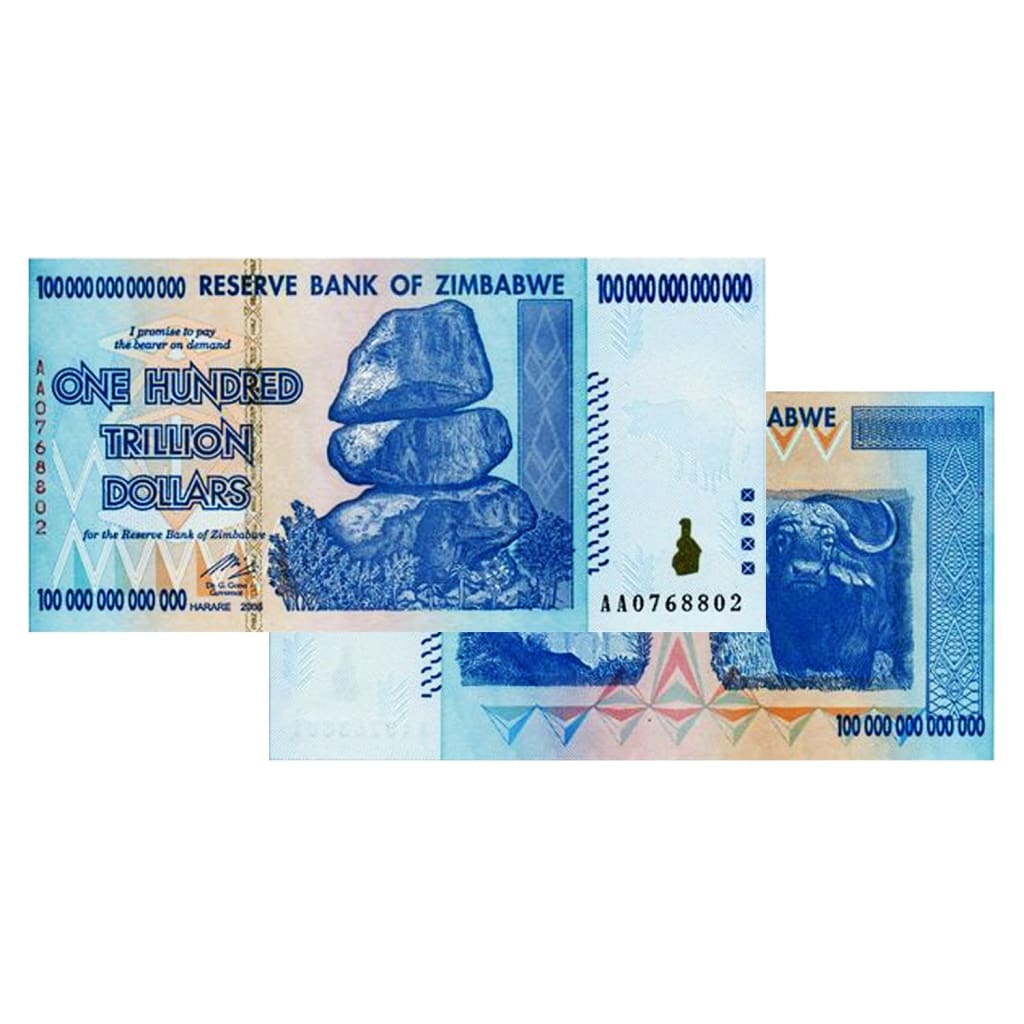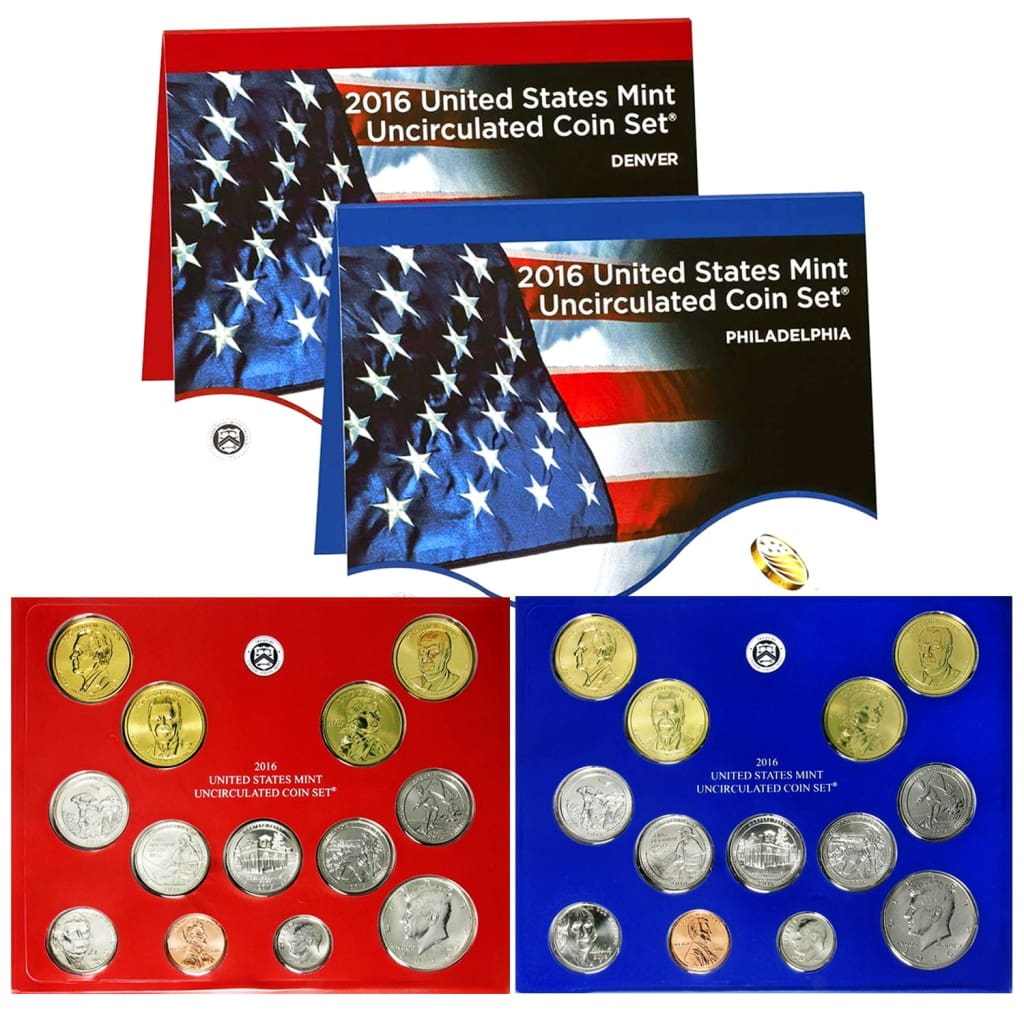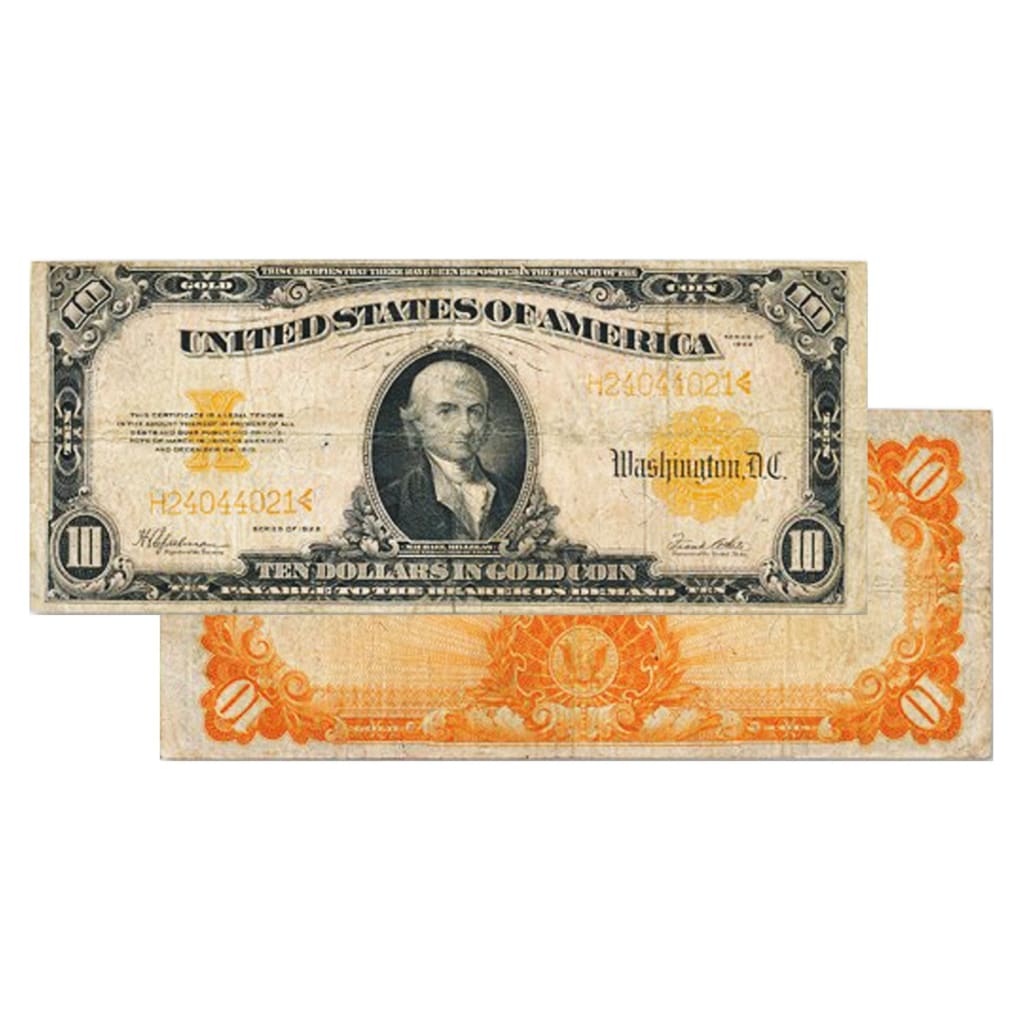Last time, we had just finished discussing the Heraldric Eagle Draped Bust quarter that was in production from 1804-1807 and how that the quarter had been having a hard time getting started and being used within commerce. Instead, it was hoarded and melted down for its silver content since it was heavier than the 2 Spanish Reale piece that was being circulated at the same time. Read on, as we continue our journey through the quarter’s interesting past.
1815-28 Large Size Capped Bust Quarter
The American Revolution had created a ripple effect that had spread across Europe. France underwent its own bloody revolution and from it spawning the Napoleonic Wars, however, this also caused an influx in immigrants to the United States as they fled war-torn Europe. Enter John Reich, a German immigrant who fled Germany during the Napoleonic wars. After making his way to the US, Mr. Reich was hired by the Philadelphia branch of the US mint in 1807 and was tasked with creating new coin designs.
Reich’s designs brought a European touch to American coinage. The obverse design shows Lady Liberty facing left surrounded by thirteen stars. The reverse showed an eagle sitting on a branch, wings outstretched with the Union Shield on its chest and the motto E PLURIBUS UNUM appearing on the scroll above the eagle’s head.
Lady Liberty appeared as quite the buxom woman on this series of coins, which caused the press to jokingly call the representation of Liberty as looking like “the artist’s rotund mistress.” This design would be used for all US coinage in accordance with the policy of the US mint at that time. Even though the design was highly criticized, Reich’s design represents a technological breakthrough over his predecessor’s design. Because of the simplicity of the design, fewer design elements needed to be added by hand, which in turn, reduced production time by making it easier to design a functional die, and increased the life of the die as well which made the coins more consistent in mintages.
This series of coins had a relatively low mintage, with the total 11 year run only striking 1.3 million pieces. VG to VF pieces are easily found for collecting purposes, however, uncirculated are rare to non-existent. Two major rarities in this coin exist in the 1822-23 series and the proof-only series of 1827. The 1827 proofs hold significance due to the fact that they’re mainly associated with Joseph Mickley, the “Father of American Coin Collecting” who obtained 4 proof issues of the 1827 series.
Small Size Capped Bust Quarter
In 1831, major technological changes had come to the newly constructed 2nd Philadelphia Mint. A device known as a close collar, or rather, a collar die was used with the production of the new quarter. Smaller in size, the quarter retained the design by its predecessor with some changes made to compensate for the smaller design area. The “E Pluribus Unum” motto was removed much to the chagrin of government and treasury officials. Additionally, the devices for the design were deepened giving it a more cameo appearance on the coin and also resulted in higher detail in the strikes.
The Small Sized Capped Bust had a shorter run than the large size, but had almost four times the strikes with a total coming to 4.2 million coins produced. All of the coins were produced at the Philadelphia Mint, and there are no stand out points in the series that are rarities. Small size quarters can be viewed as a great success for the mechanical advances that this series incorporated. Even though the design was a re-work of Reich’s earlier design, the precise, uniform appearance of the coins due to the new technology used make them state of the art for the time. This series and design would end abruptly in 1838 to begin preparation of dies for the new Seated Liberty design, which we’ll discuss next week.
Well, that’s it for this week’s walk down history of the Quarter. Come back next week for part three. In the mean time, check out the different numismatic collectibles we carry over at our store. Now if you excuse me, I have some old quarters to sift through.





